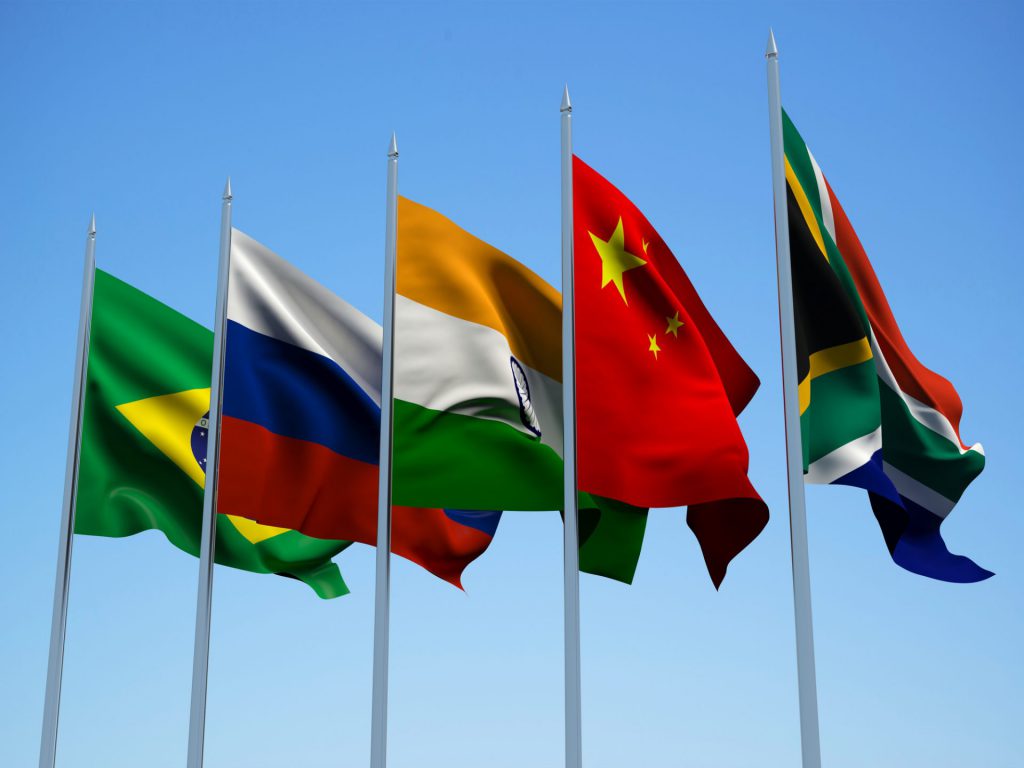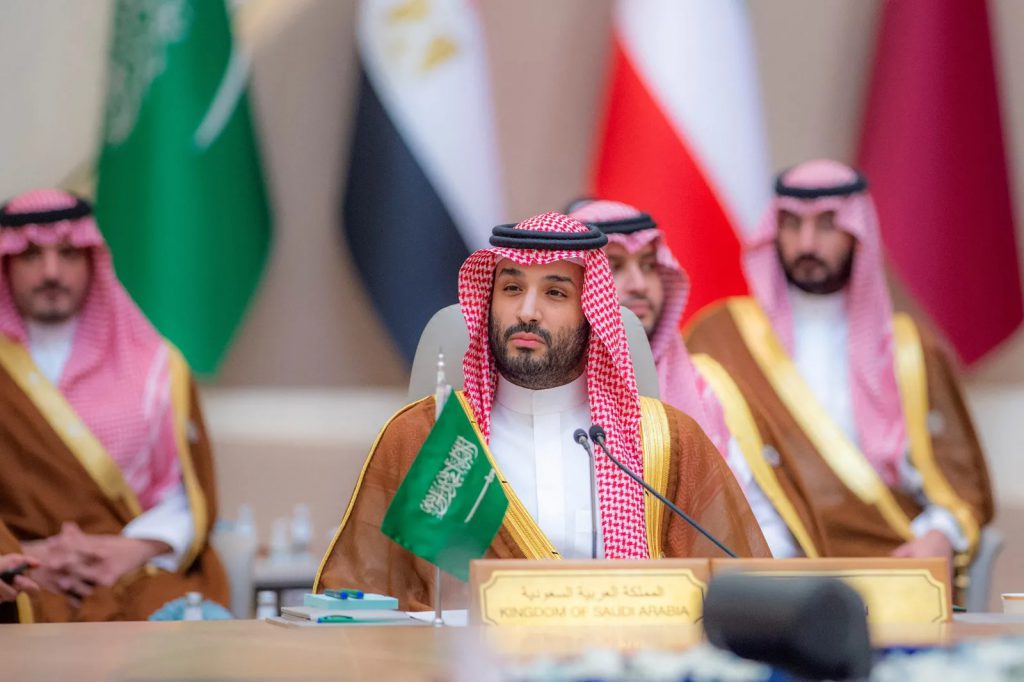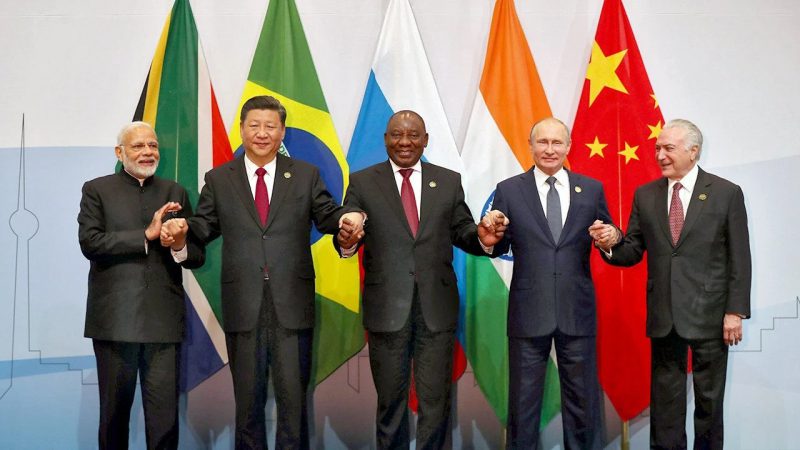Since its inception in 2001, the BRICS economic alliance has been seeking to reform the global order. The bloc had sought to reshape the overall power balance and lessen the international prevalence of Western powers in global dealings. Subsequently, 2023 has seen tremendous growth. But, has the BRICS bloc finally closed the gap on the G7?
For much of the last year, the countries comprising BRICS have discussed multipolarity. This idea is rooted in the reclaiming of true equality on a global stage. As its de-dollarization initiatives have taken hold, and expansion has already been embraced, the potential to challenge the world order has already come to fruition.


Also Read: BRICS: India GDP Predicted to Grow 7% This Year
BRICS Multipolar World Already Taking Shape
It was this month, 21 years ago that Goldman Sachs Jim O’Neill first coined the phrase, BRICS. Specifically, he had identified a collection of countries that he predicted to control the global economic power balance. Subsequently, grouping nations that presented the greatest potential to challenge the Western status quo.
That economic alliance has been going strong since then, but something shifted in 2023. Indeed, the bloc had noted its most thorough growth cycle since its inception in 2001. Moreover, with a six-country expansion coming to fruition, and bloc-wide de-dollarization, has the BRICS alliance finally closed the gap on the G7?
In short, the answer is a resounding yes that does require some nuanced explanation. Although the bloc has not surpassed the Western alliance, it has most certainly closed the gap between them. Moreover, some would venture to argue that the bloc has already established the multipolarity in global economies that they so envisioned.


Also Read: BRICS: Saudi Arabia Plans to Boost Digital Economy
Reports state that the BRICS nations account for 32% of production, 18% of total trade, and 25% of direct investments in 2022. That, however, was before the inclusion of Saudi Arabia, the United Arab Emirates (UAE), Iran, Egypt, and Ethiopia. Consisting of 40% of the world’s population, 2024 should see the alliance continue to establish itself.
PRediciotns have already stated that BRICS will hold a world-leading GDP by 2040. With economies within the bloc set to flourish, multipolarity’s beginning shift has already been set into motion. Over the next ten years, that gap is destined to become even smaller. By then, the growth potential of the alliance will be uncertain. Yet, one thing is abundantly clear, the global power balance will have undoubtedly shifted.





